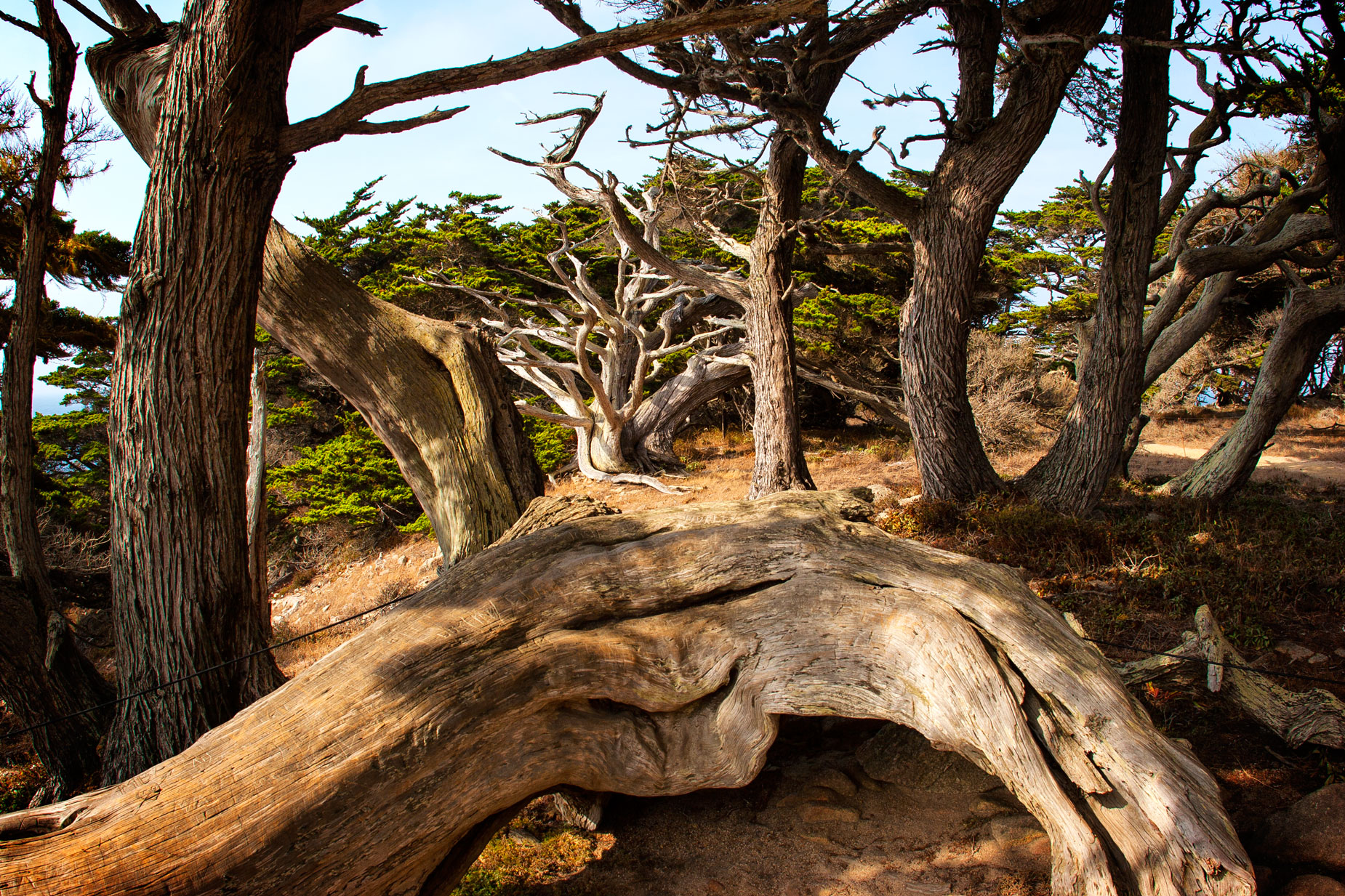Today’s Post by Joe Farace
Vladimir Horowitz, arguably one of the greatest piano virtuosos who ever lived, practiced every day. Which brings us to the answer to the classic question: How do you get to Carnegie Hall? “Practice, practice, practice.”
From time to time I’ve been asked to judge photo contests and this year, because of the pandemic as well as time restraints, I’ve decided to cease judging both real-time and on-line competitions. Instead, I’m focusing on mentoring sessions for photographers to help them address specific questions about their work. These sessions are held at a local Parker, CO Starbucks and can be scheduled at a time that’s convenient for the photographer. And as I’ve done for the past several years, I’ll still be doing one-on-one portfolio and website critiques for charity during the holidays with the entire fee going to the charity, so you can get the write-off. Look for a post about that in the Fall.

How I made this shot: I photographed this scene in Monterrey California using a Canon EOS 50D and 15mm mystery lens (no EXIF data) Exposure was 1/250 sec at f/8 and ISO 100.
In the meantime, I would like to pass along: a few tips that not only apply to entering photo contests but your day-to-day photography as well:
- One popular misconception is that a photograph has to be technically flawless. Not true. A picture doesn’t have to be perfect but has to be technically competent. A perfect but boring photograph won’t win you any awards.
- Impact separates winners from also-rans. In any contest there will be lots of entries and some of them are going to be very good but you only have one chance to make a good impression to make the judges want a second look.
- Don’t be a fair weather photographer. Sometimes the best photographs are made under less than ideal conditions.
- Make the image bold. Use strong composition with simple lines that say speed and power, or use a formal, symmetrical organization to create a Zen-like quiet mode.
- Don’t be passive. Photograph subjects that you’re passionate about, not ones you think your friends, Instagram followers or contest judges will like. What anyone wants to see is that you care about the subject.
- Avoid eye-level camera placement. Climb a ladder, climb a lamppost or climb a hill to produce a dramatic camera angle. Lie on your stomach, use wide-angle lenses and shoot up against the sky to simplify the background.
- Cameras are horizontal objects but your photographs don’t have to be. Remember, it’s not just portraits that look better as vertical shots. Try both camera position and see what result that you like best.
- Get close to your subject. Use a macro lens, close-up filters or bellows to show a simple everyday object in a way that hasn’t been depicted before or at least not lately. Good exposure helps too.

If you enjoyed today’s blog post and would like to buy Joe a cup of Earl Grey tea ($3.50), click here. And if you do, thanks so much.
Along with Barry Staver, I’m co-author of Better Available Light Digital Photography are available for $21.50 with used ones starting at giveaway prices—around five bucks—from Amazon, as cheap as a Grande Earl Grey Tea Latte at Starbucks.